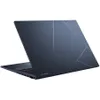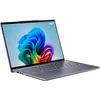Microsoft Surface Pro 11th Edition vs. MacBook Pro 14 M3: Which is better?
Can Microsoft's Copilot+ PC take on Apple MacBook?
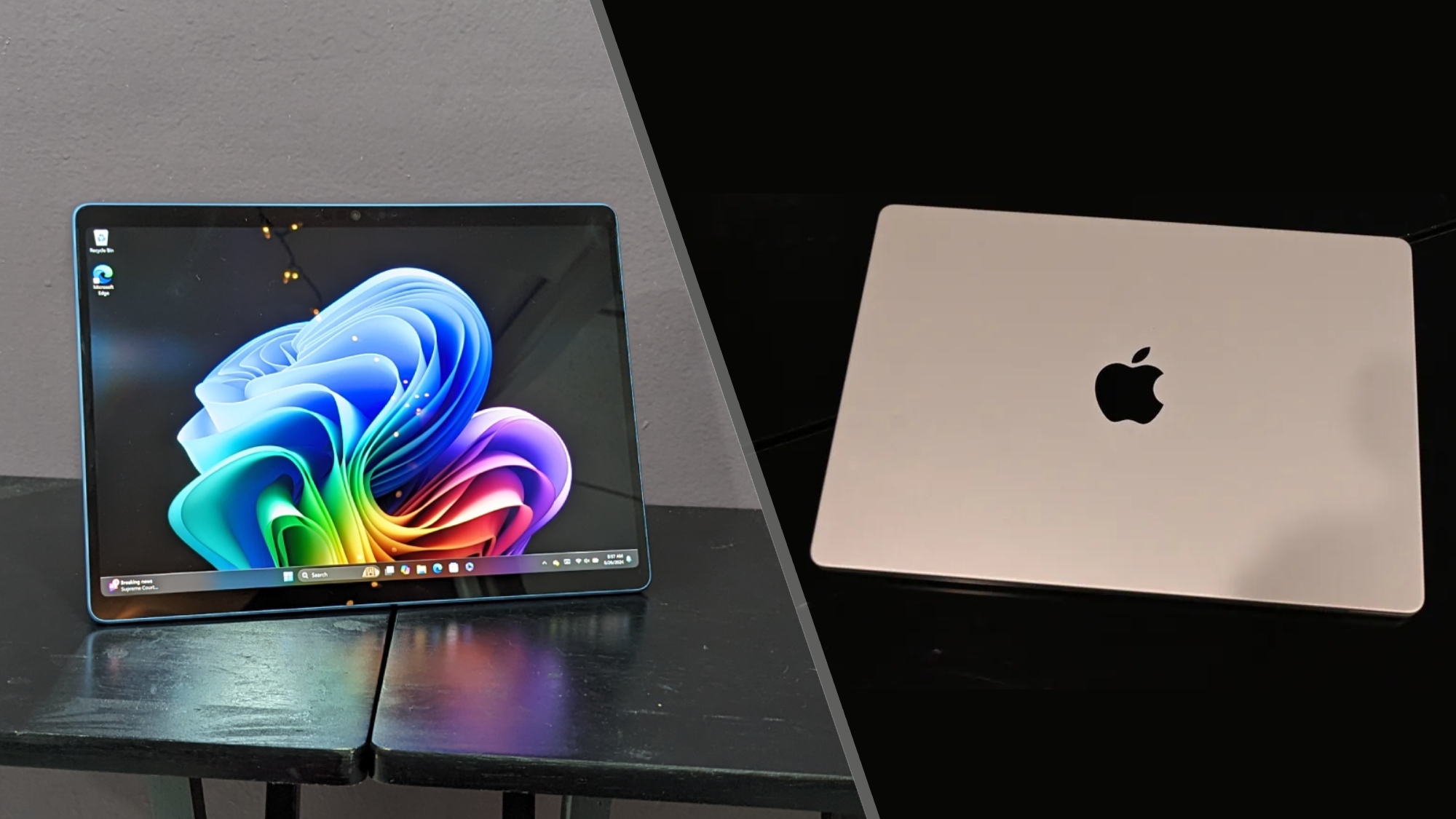
Copilot+ PCs are finally here, and the Microsoft Surface Pro (11th Edition) is one of many sporting the latest Snapdragon X Elite processors. With this new AI-focused chip boasting incredible processing performance and the promise of long-lasting battery life, can the company finally compete with Apple's MacBook?
Apple has been absolutely killing it with its Silicon chips throughout the last few years, and as Microsoft is the creator of its competing operating system, it felt only right to see how laptops designed by each company would fare in combat. We chose the MacBook Pro 14 M3 to perform our comparisons, as it's similarly priced at its base model to the Surface Pro we reviewed.
Without further ado, let us see if the Microsoft Surface Pro (11th Edition) or MacBook Pro 14 M3 come out top.
Microsoft Surface Pro 11th Edition vs. MacBook Pro 14 M3: Specs
| Laptop | Microsoft Surface Pro 11th Edition | MacBook Pro 14 M3 |
|---|---|---|
| Price | $1,499 tested, $1,949 with keyboard | $1,599 starting, as reviewed |
| Display | 13-inch, 2,880 x 1,920p, OLED, 120Hz | 14.2-inch Liquid Retina XDR display (3024 x 1964 pixels, 254ppi) |
| CPU | Snapdragon X Elite X1E-80-100 | M3 |
| Storage | 512GB | 512GB |
| RAM | 16GB | 8GB |
| Dimensions | 11.3 x 8.2 x 0.4 inches | 12.3 x 8.7 x 0.6 inches |
| Weight | 2 pounds | 3.4 pounds |
Microsoft Surface Pro 11th Edition vs. MacBook Pro 14 M3: Price
The Microsoft Surface Pro (11th Edition) we reviewed is built with a Snapdragon X Elite X1E-80-100 processor, 16GB of RAM, 512GB of SSD storage, and a 13-inch, 2,880 x 1,920-pixel OLED display at a 120Hz refresh rate for $1,499 at Microsoft's website. It starts at $999 for its weaker Snapdragon X Plus X1P-64-100 processor and LCD display.
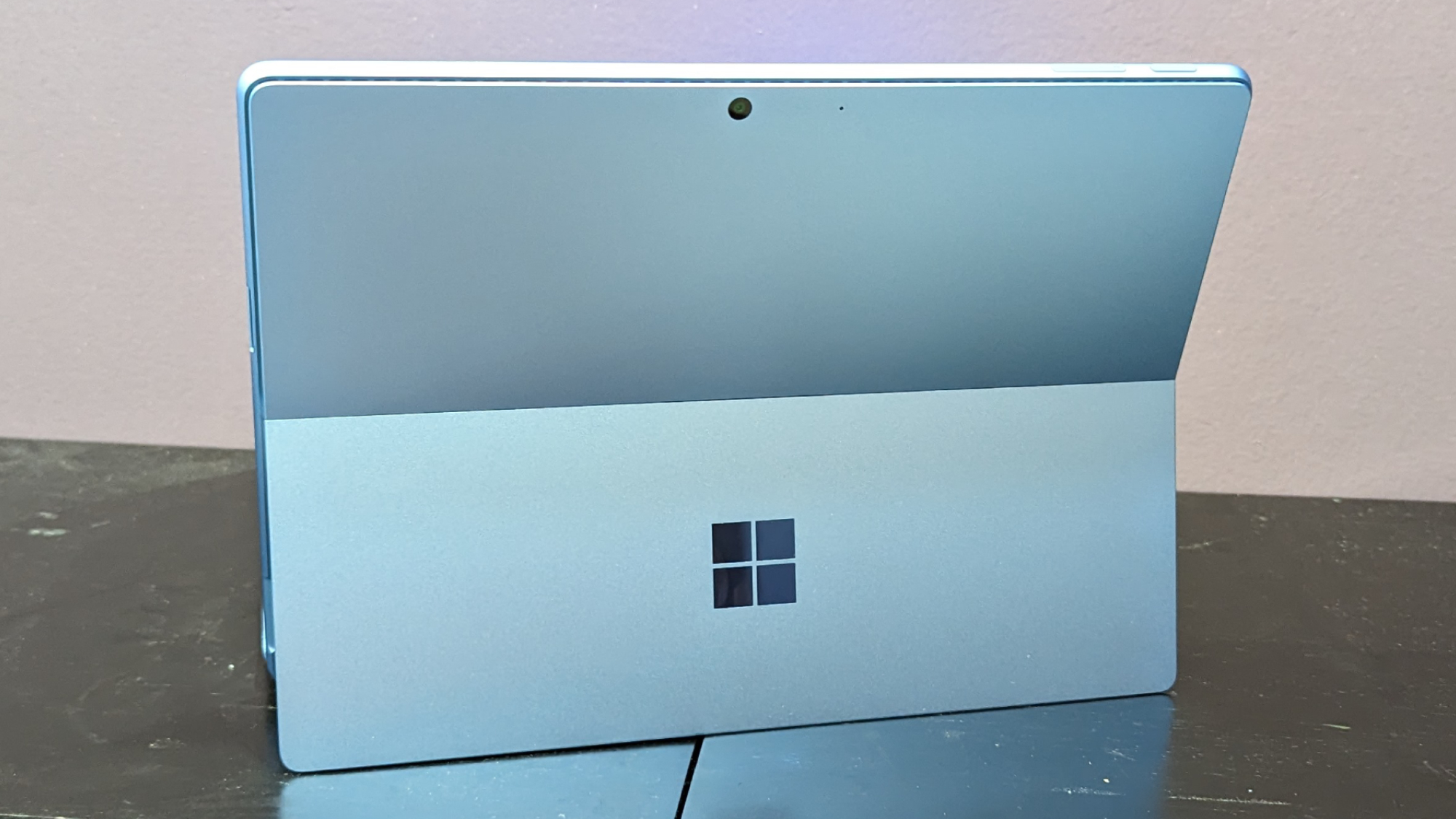
The MacBook Pro 14 M3 features an M3 chip, 8GB of RAM, 512GB of SSD storage, and a 14-inch Liquid Retina XDR display at 3,024 x 1,964-pixel resolution, and is available for $1,599 at Apple's website.
While it may seem like the Surface Pro is cheaper with better specs, the caveat is that it doesn't come with a deck. It's effectively a glorified tablet, and unless you spend extra on an attachable keyboard, you won't have much of a laptop.
The cheapest attachable keyboard is the Surface Pro Keyboard for $139, but the one we tested is the Surface Pro Flex for $349. If you want it bundled with a Surface Slim Pen, that brings the cost up to $449. This is what we tested, bringing the total up to $1,949.
Get The Snapshot, our free newsletter on the future of computing
Sign up to receive The Snapshot, a free special dispatch from Laptop Mag, in your inbox.
Winner: MacBook Pro 14 M3
Microsoft Surface Pro 11th Edition vs. MacBook Pro 14 M3: Design
It's difficult to compare the Surface Pro to a MacBook, let alone any laptop, for one reason: It's practically a tablet.
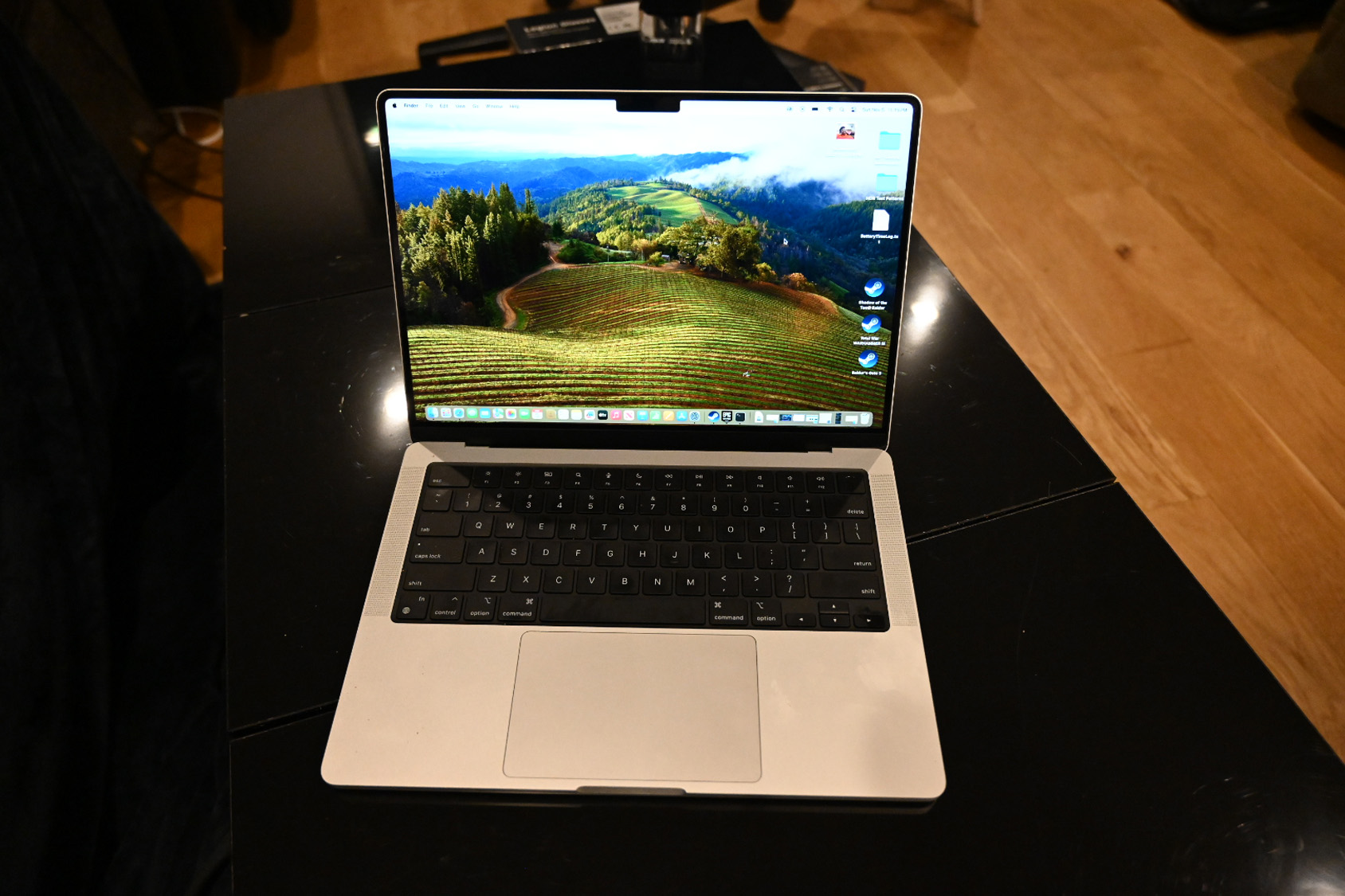
The device doesn't come with its magnetically attachable keyboard on its own, as you'll have to purchase the accessory separately, meaning the device itself is nothing more than an aluminum slab running Windows 11.
At the very least, it's sturdy, light, and incredibly thin, coming in at two pounds and 11.3 x 8.2 x 0.4 inches. With the Flex Keyboard attached, it becomes 2.7 pounds with 0.6 inches of thickness. While the MacBook Pro 14 M3 is a 14-inch laptop, it's still heavier, coming in at 3.4 pounds and measuring 12.3 x 8.7 x 0.6 inches.
The MacBook Pro 14 M3 doesn't automatically win because it has a deck, but instead because its keyboard and touchpad are fantastic, whereas the Surface Pro Flex's attachable keyboard features shallow keys and a sluggish touchpad.
Winner: MacBook Pro 14 M3
Microsoft Surface Pro 11th Edition vs. MacBook Pro 14 M3: Display
The Surface Pro has an immediate advantage over the MacBook Pro thanks to its OLED panel, but does that actually guarantee an all-around better panel?
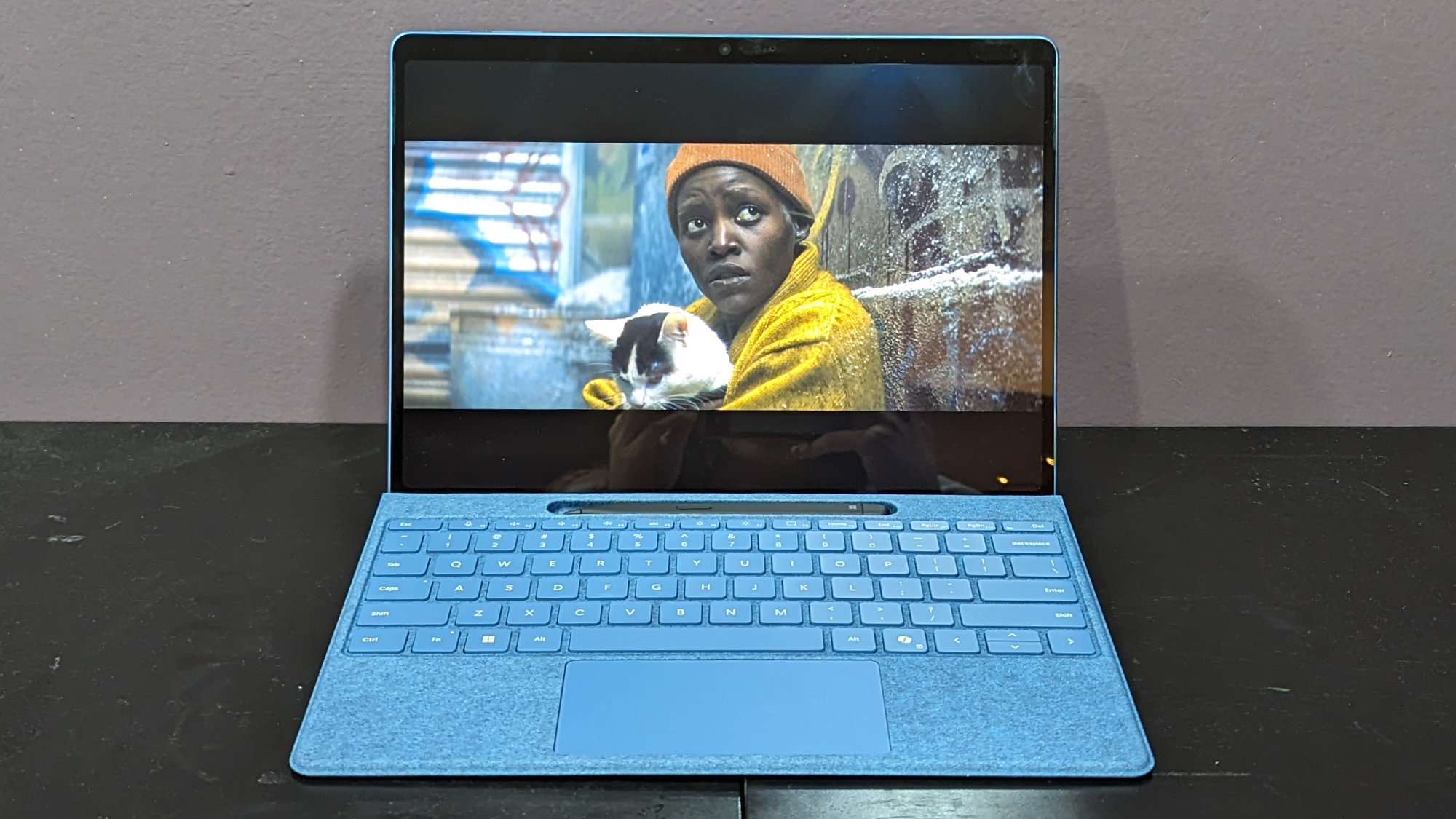
Built with a 13-inch, 2,880 x 1,920-pixel resolution OLED glossy panel at a 120Hz refresh rate, the Surface Pro's panel is stunning. Its 115% reproduction of the DCI-P3 color gamut makes it pop, and its 564 nits of brightness is incredible for an OLED display.
The MacBook Pro 14 M3 features a 14-inch Liquid Retina XDR display at 3,024 x 1,964-pixel resolution, and it's no surprise that it cannot compete with its 81% coverage of the DCI-P3 color gamut. However, MacBooks are notoriously bright, so it's mind-blowing that its peak brightness of 558 nits is still below what the Surface Pro offers.
The Surface Pro's phenomenal display strikes a near-perfect victory against the MacBook Pro.
Winner: Microsoft Surface Pro (11th Edition)
Microsoft Surface Pro 11th Edition vs. MacBook Pro 14 M3: Performance
The latest Snapdragon X Elite processors should boast incredible performance metrics, but is it truly enough to compete with Apple's M3?
On the Geekbench 6 overall performance test, the Surface Pro managed a multi-core score of 14,432. This is phenomenal and absolutely crushes the MacBook Pro 14 M3's multi-core score of 11,870. Even when looking at the MacBook Pro model with an M3 Pro processor, it was still just a little behind with its multi-core score of 14,357.
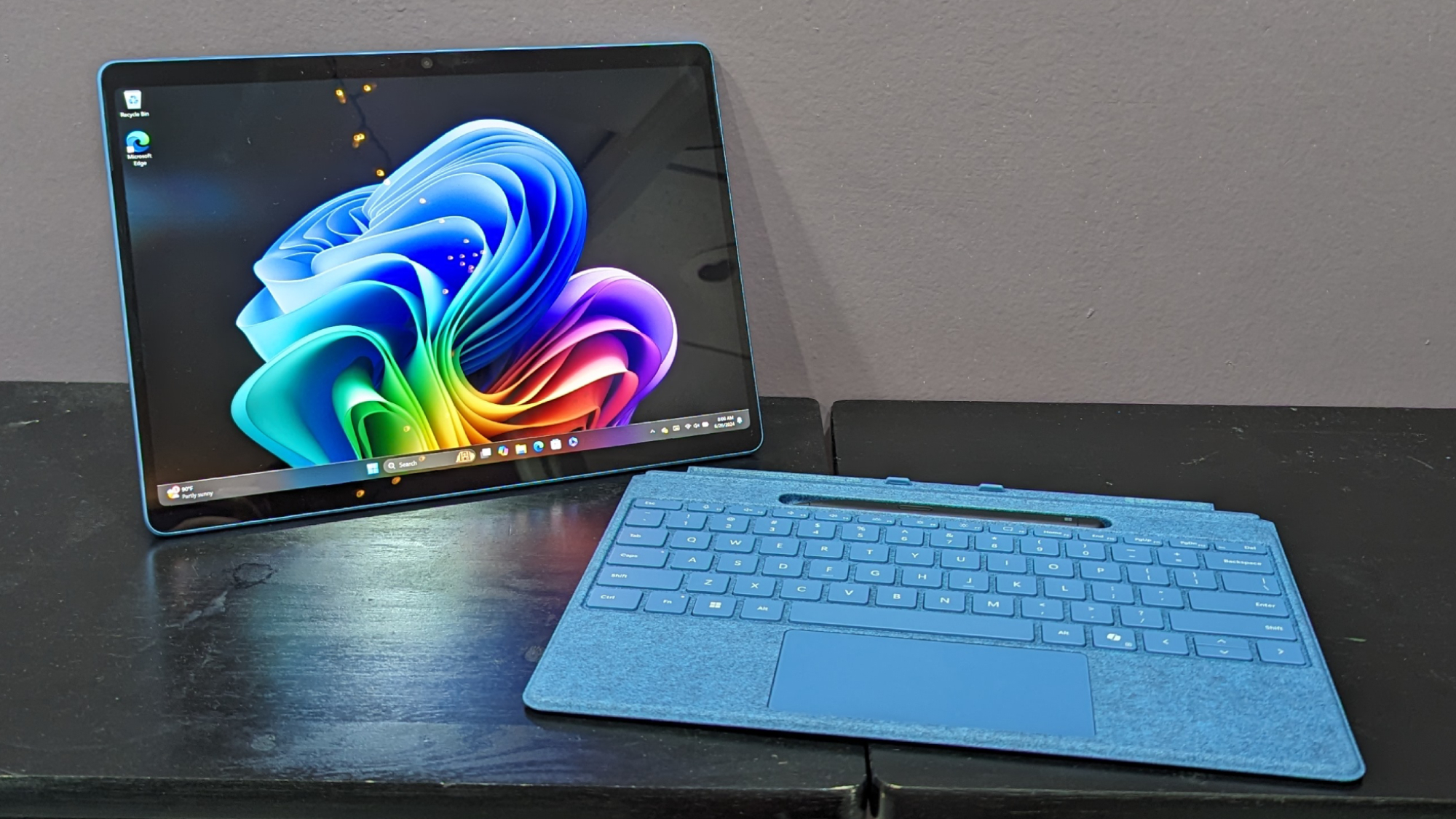
While converting a 4K video into 1080p using the HandBrake app, the Surface Pro finished the task in 5 minutes and 21 seconds. Even though the Snapdragon X Elite did far better on the previous test, the MacBook Pro 14 M3 wasn't that far behind, accomplishing the conversion in 5 minutes and 38 seconds.
It's clear that the Snapdragon X Elite performed excellently, but let us move on to storage: MacBooks are often built with extremely fast SSDs, and that trend continued here. The Surface Pro duplicated 25GB of multimedia files in 26 seconds at a transfer rate of 1,001 megabytes per second, which isn't remotely close to the MacBook Pro's 2,956 Mbps read speed and 3,359 Mbps write speed.
While the MacBook Pro features a faster SSD, the Snapdragon X Elite X1E-80-100 is a better processor than the M3.
Winner: Microsoft Surface Pro (11th Edition)
Microsoft Surface Pro 11th Edition vs. MacBook Pro 14 M3: Battery life
Snapdragon X Elite processors have been advertised as improving longevity on devices they're powering, with Qualcomm's official website suggesting it can yield up to 22 hours of battery life. The Surface Pro gets nowhere near that, even though it lasts a pretty long time before dying. But is it enough to compete with MacBook's legendary battery life?
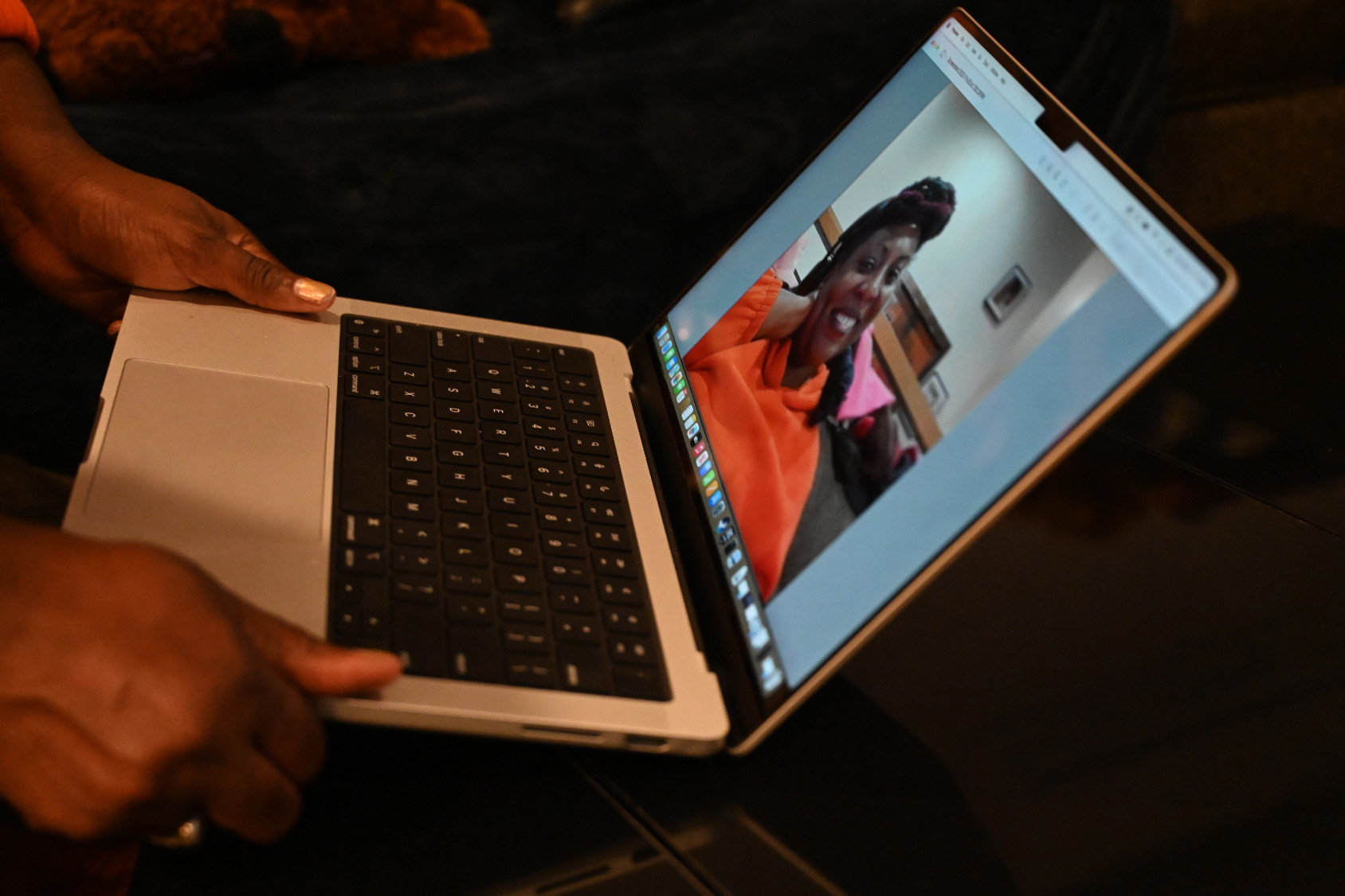
Unfortunately, no. On the Laptop Mag battery life test, which involves continuous web browsing over Wi-Fi at 150 nits, the Surface Pro lasted 12 hours and 11 minutes. Anything about 10 hours is usually great, but the MacBook Pro 14 M3 went on for 17 hours and 16 minutes before running out of juice. That's more than five hours, so the winner here is pretty clear.
Winner: MacBook Pro 14 M3
Overall winner: MacBook Pro 14 M3
While the Microsoft Surface Pro (11th Edition) accomplishes impressive victories in its performance and display, its lack of a built-in deck and weaker battery life when compared to the MacBook Pro 14 M3 make it harder to recommend for those in need of an actual laptop.
The only way the Surface Pro is worth your money is if you don't mind spending top dollar for a premium tablet, and even with its attachable keyboard, its unsatisfactory keys and touchpad make it hard to recommend.
Overall winner: MacBook Pro 14 M3
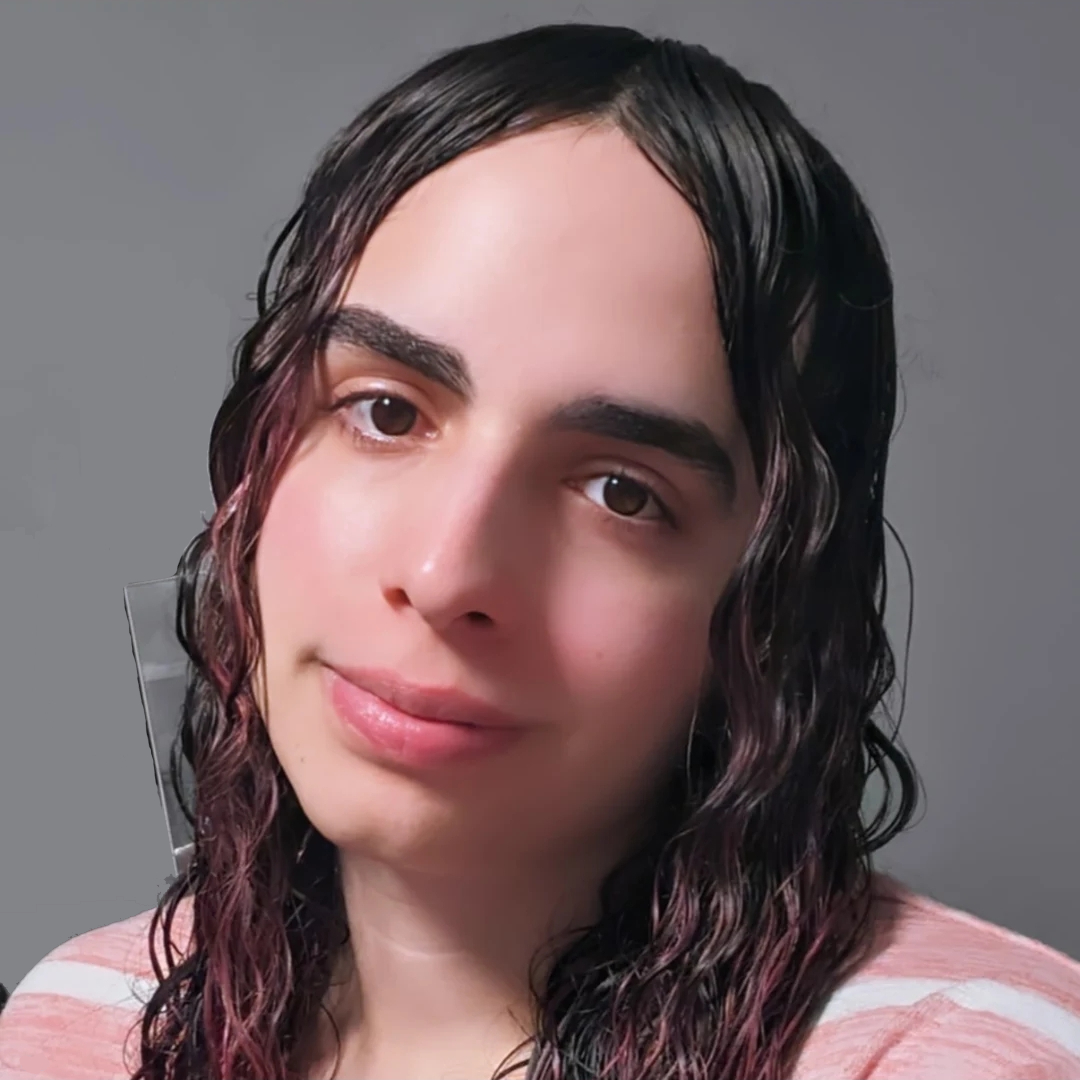
Self-described art critic and unabashedly pretentious, Claire finds joy in impassioned ramblings about her closeness to video games. She has a bachelor’s degree in Journalism & Media Studies from Brooklyn College and five years of experience in entertainment journalism. Claire is a stalwart defender of the importance found in subjectivity and spends most days overwhelmed with excitement for the past, present and future of gaming. When she isn't writing or playing Dark Souls, she can be found eating chicken fettuccine alfredo and watching anime.

